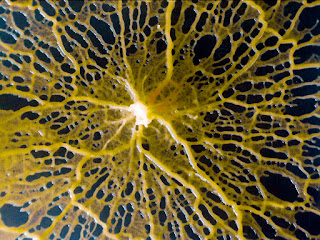Thursday, March 25, 2021
Dream Filter and Flowers
Wednesday, March 24, 2021
Flies and Bees in the Churchyard
Our local churchyard is a mass of primroses and celandine at the moment and is attracting lots of insects so fun with the macro lens and then the task of identifying them. Having spent a few years getting to grips with Hoverflies (first two images) and other flies (3,4 Bee Fly and 5 Flesh Fly) and I trying to improve on the bees!
Monday, March 22, 2021
Yearly Markers
Each year around March 21st, I photograph the wild or naturalised flowers in my garden to see how the years compare. This spring has seen below average temperatures so not surprised that the spring flowers such as Coltsfoot were slow to show (now hosting lots of Mining bees and beetles). Compared to last two years, the flowering species list is much lower with Comfrey, Spurge, Japonica, Plum blossom,Yellow Archangel, Marsh Marigold not yet showing flowers or even buds for some.
Sunday, March 21, 2021
Spring is in the Air
Friday, March 19, 2021
Dictyostelium discoideum, A Slime Mould
A friend donated to me a culture of Dictyostelium discoideum, a cellular slime mold. I have had great fun watching its various stages right through to forming fruiting bodies. Ours were fed on oats but 'in the wild' they live on the bacteria in soil.They first exist as separate single-celled amoebae, but after consuming all the bacteria in their area they proceed to stream together to form a multicellular organism. These features make them a valuable tool for studying developmental processes and also for investigating evolution of multicellularity. Long thought to be a type of fungus, it has recently been shown that slime molds in fact bear no relation to fungi. They are now classed as Mycetozoa. (Images taken with a USB powered microscope)


















































